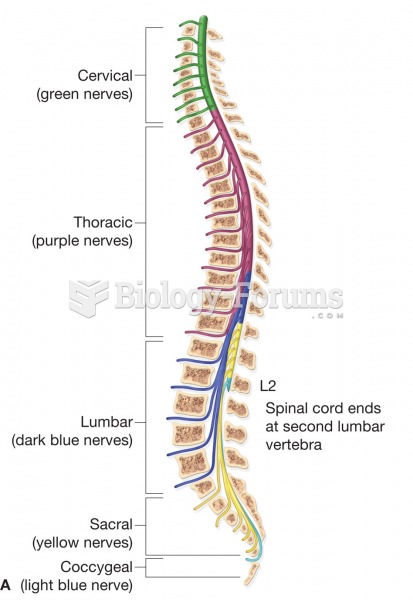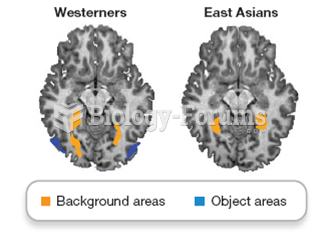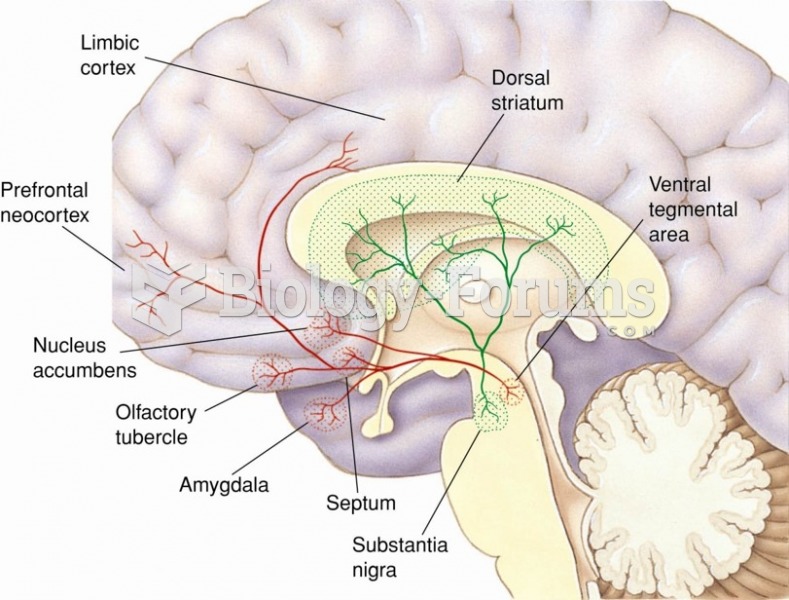|
|
|
The familiar sounds of your heart are made by the heart's valves as they open and close.
The calories found in one piece of cherry cheesecake could light a 60-watt light bulb for 1.5 hours.
When blood is deoxygenated and flowing back to the heart through the veins, it is dark reddish-blue in color. Blood in the arteries that is oxygenated and flowing out to the body is bright red. Whereas arterial blood comes out in spurts, venous blood flows.
The immune system needs 9.5 hours of sleep in total darkness to recharge completely.
There can actually be a 25-hour time difference between certain locations in the world. The International Date Line passes between the islands of Samoa and American Samoa. It is not a straight line, but "zig-zags" around various island chains. Therefore, Samoa and nearby islands have one date, while American Samoa and nearby islands are one day behind. Daylight saving time is used in some islands, but not in others—further shifting the hours out of sync with natural time.
 (A) The levels of the spinal cord and spinal nerves. (B) Photograph of the spinal cord as it descend
(A) The levels of the spinal cord and spinal nerves. (B) Photograph of the spinal cord as it descend
 The nervous system is described as having two interconnected divisions: the central nervous system (
The nervous system is described as having two interconnected divisions: the central nervous system (





